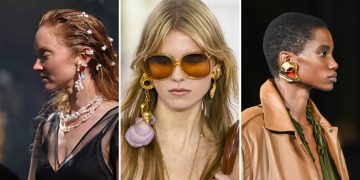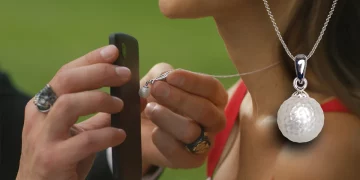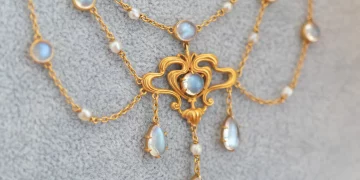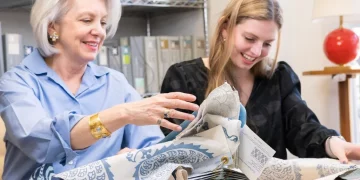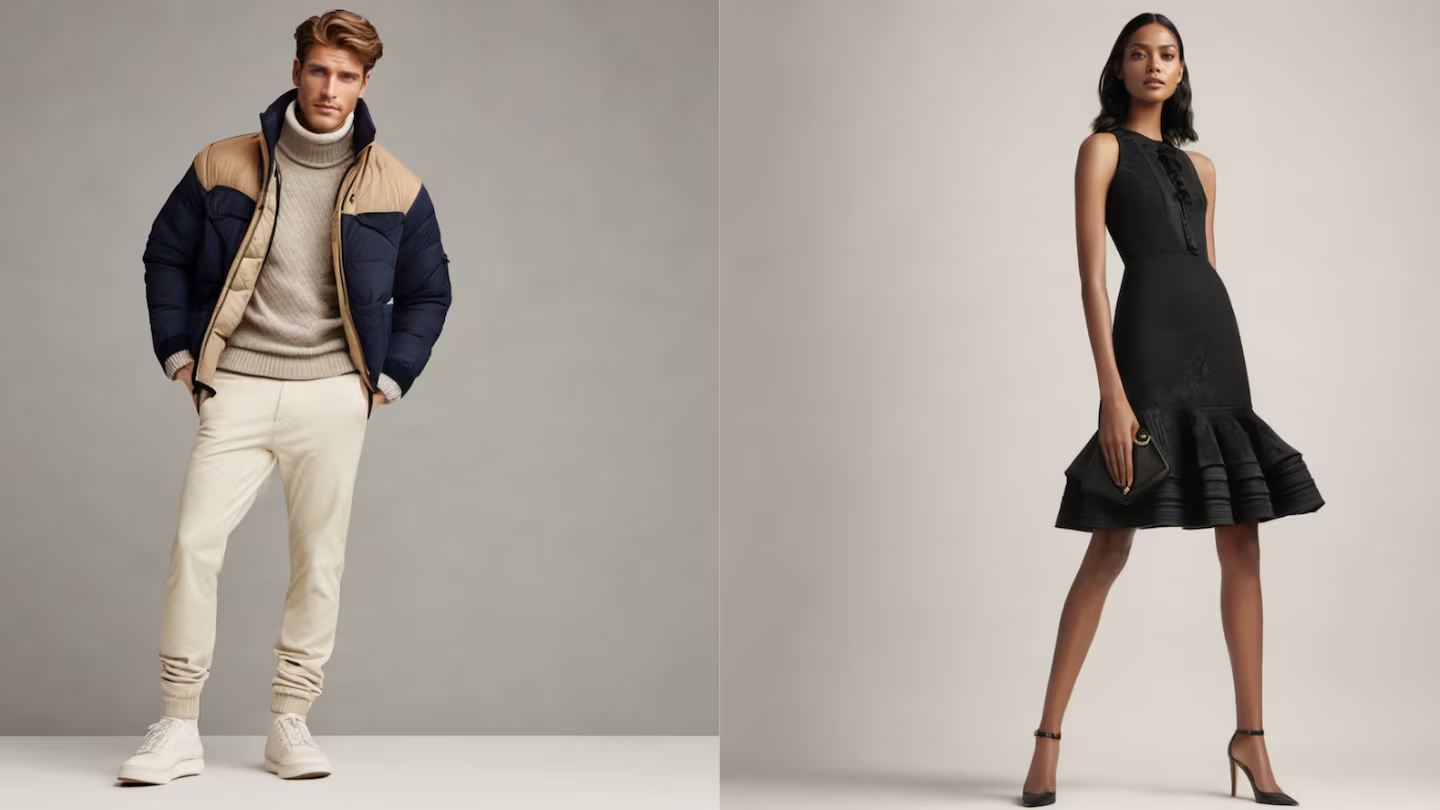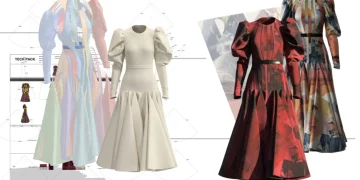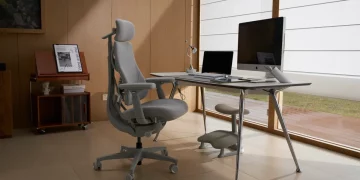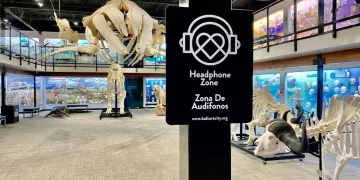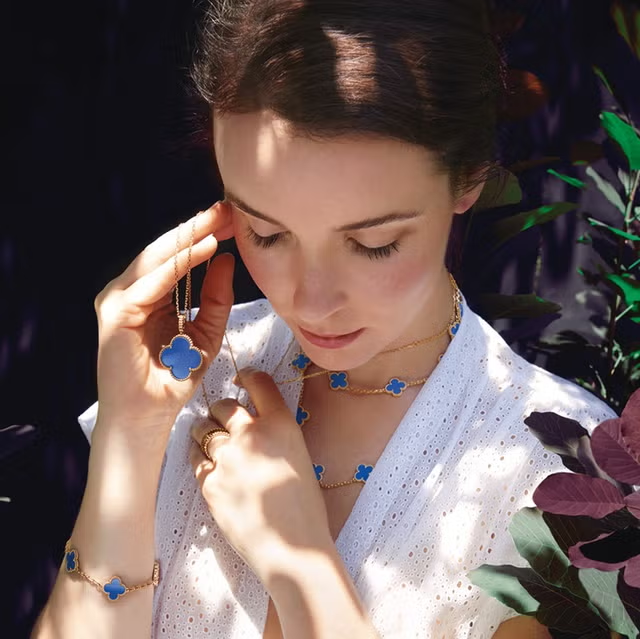Abstract
Top-tier jewelry exhibitions are not only venues for showcasing luxury products but also carefully curated spaces where brands can enhance their visual identity and create lasting impressions on consumers, buyers, and media alike. The design and layout of these exhibitions play a critical role in elevating the presentation of the jewelry, amplifying the brand’s narrative, and setting the tone for the consumer experience. From booth design and lighting choices to spatial arrangements and immersive elements, every aspect of a jewelry exhibition is meticulously planned to highlight the exclusivity, craftsmanship, and luxury of the pieces on display. This article explores how the design and layout of high-end jewelry exhibitions contribute to a brand’s visual impact, discussing the importance of aesthetics, atmosphere, and storytelling in creating a memorable exhibition experience that aligns with a brand’s identity and appeals to its target audience.
1. Introduction
In the world of high-end jewelry, where exclusivity, craftsmanship, and brand identity are paramount, exhibitions are critical for showcasing new collections and forging deeper connections with consumers, retailers, and the press. Major jewelry exhibitions such as Baselworld, the Couture Jewelry Show, and the Hong Kong Jewellery & Gem Fair are not just places for transactions but are also immersive environments where design, architecture, and brand storytelling converge to create a compelling visual narrative.
The design and layout of an exhibition booth or space within these events are not mere afterthoughts. In fact, they are instrumental in enhancing a brand’s visual impact, helping to reinforce its values, aesthetics, and exclusivity. Jewelry brands are keenly aware that the visual presentation of their collections—alongside the physical pieces themselves—shapes consumer perceptions and influences purchasing decisions. From lighting and materials to the overall spatial arrangement, the choices made in the design of a booth or exhibition space have the power to captivate an audience, draw attention, and leave a lasting impression.
This article delves into how the design and layout of top jewelry exhibitions elevate a brand’s visual impact. We will explore key factors that contribute to creating a dynamic, engaging, and visually impactful environment, as well as how these elements reinforce the identity of the jewelry brand and contribute to the overall narrative of luxury and craftsmanship.
2. The Role of Booth Design in Enhancing Visual Impact
2.1 The Importance of First Impressions
When it comes to luxury jewelry exhibitions, the first impression is everything. Brands have a limited window of time to grab the attention of potential buyers, media, and influencers, and booth design is crucial in setting the tone. A visually compelling booth immediately conveys a sense of exclusivity, luxury, and attention to detail—all qualities that consumers expect from high-end jewelry brands.
- Instant Brand Recognition: Effective booth design should immediately communicate the brand’s identity. Whether through iconic logo placement, distinctive color schemes, or the use of signature materials, the booth should offer a seamless extension of the brand’s established image.
- Attracting Attention: High-end jewelry is often displayed in a sea of competing brands. A booth that stands out—through creative use of design elements, unexpected structures, or bold aesthetics—captures the attention of passersby and entices them to engage further.
2.2 Creating an Immersive Experience
Jewelry is inherently an emotional purchase, and an effective booth design should reflect the brand’s story and ethos, creating an immersive experience for visitors. Designers of top-tier jewelry booths use a combination of visual cues, spatial arrangements, and sensory elements to engage visitors in a narrative that speaks to the brand’s heritage, craftsmanship, and uniqueness.
- Narrative Design: For example, a booth could evoke the feel of a luxury art gallery or a serene, nature-inspired retreat, aligning with the jewelry’s design story. Brands often employ subtle cues—such as color palettes, textures, and art installations—to narrate the journey behind the creation of a particular collection. The layout and visual elements should communicate the craftsmanship, materials, and inspiration behind the jewelry pieces.
- Spatial Arrangement: The way a booth is laid out contributes significantly to the overall experience. Open, airy layouts with clear sightlines invite exploration, while more intimate and enclosed spaces offer opportunities for private viewings, personal consultations, and a deeper, more immersive experience. The arrangement should be thoughtfully designed to encourage visitors to move through the space, lingering on specific pieces of jewelry, and interacting with the brand.
3. Lighting: The Key to Enhancing Jewelry’s Visual Appeal
Lighting is one of the most crucial elements in enhancing the visual impact of a jewelry exhibition. Jewelry needs to be lit perfectly to showcase its brilliance, color, and intricate details. Poor lighting can obscure the finer points of a design, while the right lighting can elevate a piece, making it appear even more lustrous and captivating.
3.1 Highlighting Craftsmanship and Detail
- Focus Lighting: Using targeted lighting, such as spotlights or LED lights, to highlight specific pieces can draw attention to their fine details. For example, diamonds, gemstones, and intricate metalwork can be enhanced with focused lighting, allowing visitors to appreciate the skill and precision involved in their creation. This adds a sense of drama and allure, further reinforcing the luxury status of the jewelry.
- Ambient Lighting: In addition to direct lighting, ambient lighting can help set the tone and atmosphere of the booth. Soft, warm lighting may create a welcoming and luxurious ambiance, whereas cooler tones can evoke a more modern, sleek feeling. The overall lighting design should reflect the brand’s identity, whether it’s traditional, contemporary, or avant-garde.
3.2 The Play of Light and Shadow
Lighting not only affects how the jewelry looks but also how the entire exhibition space feels. The interplay of light and shadow can create dramatic effects that evoke emotion, add depth, and enhance the visual experience. The use of light as an art form allows designers to play with reflections, shadows, and highlights, creating a sense of movement and dynamism within the space.
- Reflections and Glare: A well-designed booth will ensure that lighting enhances, rather than competes with, the jewelry. Using diffused light or anti-glare glass to display jewelry ensures that reflections don’t overwhelm the pieces, while subtle reflections can enhance the perceived value and rarity of the items.

4. Materials and Finishes: Luxury in Every Detail
The materials and finishes used in the booth design itself contribute significantly to the overall visual impact. The choice of materials—whether polished marble, luxurious velvet, or sleek metal finishes—sends a strong message about the brand’s commitment to quality and luxury. These materials not only serve an aesthetic function but also provide a tactile element that reinforces the brand’s identity.
4.1 High-End Materials for a Luxurious Feel
- Premium Fabrics and Textures: Rich, tactile materials such as velvet, leather, and silk are often incorporated into booth designs to elevate the feeling of luxury and sophistication. These materials help create an atmosphere that is soft to the touch, providing an inviting environment that resonates with the target audience’s desire for elegance and exclusivity.
- Precious Metals and Stones: Some brands choose to integrate elements like gold, silver, or glass to complement the jewelry itself. Metal structures, for instance, can evoke the same richness and luster as the jewelry on display, while glass panels or displays can be used to create a feeling of transparency and clarity, reinforcing the purity of the designs.
4.2 Integrating Brand Identity Through Finishes
The finishes and surface treatments used in booth design should align with the jewelry brand’s identity. A minimalist brand might opt for a clean, sleek design with matte finishes, while a more opulent brand might use glossy, polished materials to reflect light and evoke a sense of grandeur.
- Consistency with Branding: Elements like the booth’s signage, color palette, and texture should reflect the overarching design ethos of the brand. Whether through the color of the walls, the display cases, or even the flooring, every detail should contribute to a cohesive aesthetic that aligns with the jewelry’s ethos.
5. Interactive Elements and Technology: Engaging Visitors Beyond the Visual
In the age of digital innovation, many jewelry brands are incorporating interactive and high-tech elements into their exhibition designs. Virtual reality (VR), augmented reality (AR), and touchscreens allow consumers to engage with jewelry in new ways, enhancing the overall exhibition experience.
5.1 Augmented Reality (AR) and Virtual Try-Ons
- Virtual Try-Ons: With the advent of AR technology, visitors can virtually try on jewelry pieces, experiencing how a necklace, bracelet, or ring will look on them before making a purchase. This adds an element of interactivity that engages visitors and encourages them to visualize themselves wearing the pieces, enhancing the likelihood of conversion.
- 360-Degree Views: Virtual or interactive displays that allow consumers to view jewelry from all angles help them appreciate the finer details of a design that may not be immediately visible from a traditional display case.
5.2 Digital Storytelling
- Multimedia Presentations: Many top-tier jewelry brands use video displays and digital projections to tell the story behind their collections. These multimedia presentations might include the creation process, showcasing the artisans at work or sharing the inspiration behind a collection, further connecting consumers to the brand’s narrative.
6. Conclusion
The design and layout of a jewelry exhibition are vital elements that go far beyond simple aesthetics. When executed thoughtfully, they have the power to elevate a brand’s visual impact, engage visitors, and communicate the essence of the jewelry itself. From the materials and finishes used in the booth design to the lighting and technological innovations, every decision contributes to creating an immersive environment that resonates with the luxury and exclusivity that jewelry brands aspire to convey.
Top-tier jewelry exhibitions serve not only as places to display beautiful pieces but as curated environments where storytelling, craftsmanship, and design intersect to leave a lasting impression on audiences. By enhancing the visual appeal of their jewelry and reinforcing their brand identity, companies can ensure that their exhibitions stand out in an increasingly competitive market, helping to build stronger connections with consumers and create more meaningful brand experiences.
In an industry where image and perception are everything, the design and layout of a jewelry exhibition are not just important—they are essential in shaping the future success of a brand.

